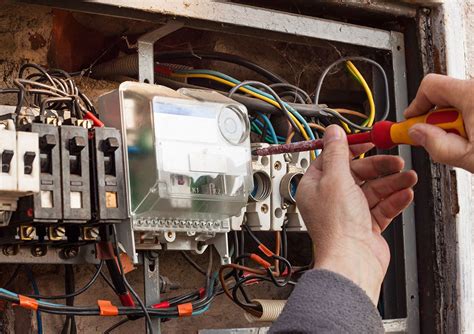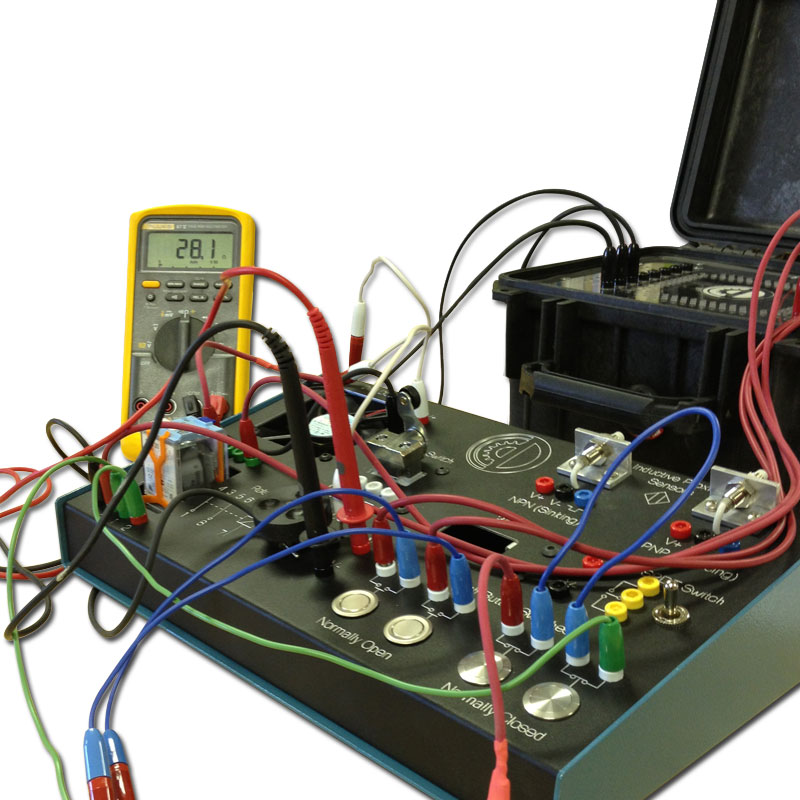Tailored mechanical engineering industry support guidance for your business goals.
Wiki Article
Leading Tips for Effective Electric System Troubleshooting
Troubleshooting electrical systems requires a systematic method, grounded in an extensive understanding of electrical principles and security procedures. The nuances of reliable fixing prolong beyond simple technical knowledge; recognizing exactly how to document searchings for and prioritize safety can significantly affect end results.Understand the Fundamentals
Recognizing the essentials of electric systems is important for efficient troubleshooting, as a solid foundation enables service technicians to identify and deal with issues a lot more successfully. A thorough grasp of electrical principles, such as voltage, current, resistance, and power, is crucial in recognizing the origin triggers of troubles. Voltage is the electric possible distinction that drives existing with a circuit, while resistance opposes the circulation of existing, impacting the total performance of the system.Familiarity with circuit elements, including resistors, capacitors, diodes, and changes, is also critical. Each element plays an unique function in circuit habits and can affect efficiency when malfunctioning. Furthermore, understanding collection and identical circuit arrangements is vital, as these arrangements affect the distribution of voltage and current within the system.
Additionally, knowledge of safety procedures is crucial. Technicians must know possible hazards, such as shock and brief circuits, to implement safe troubleshooting practices. By grasping these foundational ideas, professionals boost their capacity to carry out efficient diagnostics and repairs, inevitably leading to boosted performance and integrity of electrical systems. This foundational expertise is the foundation of effective fixing ventures.
Gather Necessary Devices
Efficient troubleshooting of electrical systems requires the appropriate set of devices to diagnose and settle problems precisely. Important devices include a multimeter, which measures voltage, present, and resistance, permitting for precise examinations of electrical elements.Additionally, shielded hand devices such as screwdrivers, pliers, and wire strippers are crucial for safely adjusting electrical links. It is likewise suggested to have a circuit tester handy to validate the visibility of voltage in electrical outlets and wires. For more complicated systems, a thermal imaging video camera can help detect overheating components, suggesting potential failures.

Comply With an Organized Strategy
Having gathered the ideal tools, the following action in troubleshooting electrical systems is to comply with a systematic approach. A methodical technique guarantees that professionals can determine faults efficiently and precisely, lessening downtime and avoiding unnecessary repair work.Begin by evaluating the system's schematic representations and requirements. This entails checking each component systematically, starting from the power resource and functioning in the direction of the lots.
Use screening tools, such as multimeters and oscilloscopes, to gather unbiased data concerning voltage, present, and resistance at numerous factors within the system. This empirical evidence will direct your troubleshooting initiatives and aid to confirm or get rid of potential root causes of failure.
Furthermore, think about ecological elements that may affect the system's performance, such as temperature changes or moisture access. A comprehensive examination of wiring, connections, and elements will certainly make sure that all opportunities are represented.
Paper Your Findings
Detailed documentation is crucial in the repairing process of electric systems. This method not only help in recognizing the root cause of the problem however likewise offers as a reference for future troubleshooting initiatives.
In addition, keeping a log of parts changed or fixings carried out is very useful. This info supports stock administration and can aid evaluate the durability and reliability of details elements.
Eventually, the paperwork process must be detailed yet concise, enabling easy retrieval and testimonial - electrical system troubleshooting. By focusing on detailed documents, specialists can produce a useful data base that not only aids in current troubleshooting yet likewise equips future upkeep efforts, therefore enhancing overall system integrity

Prioritize Precaution
Identifying the fundamental risks related to electrical systems is important for making certain security during troubleshooting. Electrical shock, burns, and devices damage are simply a few of the possible risks that service technicians face. Focusing on precaution is not only a legal obligation however additionally a moral crucial that safeguards both the technician and the surrounding environment.Before starting any type of troubleshooting task, professionals need to put on ideal individual safety equipment (PPE), consisting of shielded handwear covers, shatterproof glass, and flame-resistant clothing. Making certain that the workspace website here is completely dry and without clutter can significantly reduce the risk of mishaps. It is crucial to de-energize circuits prior to starting any type of job, verifying that they are not live through the usage of a check here multimeter or voltage tester.
Establishing clear communication protocols with team participants is likewise important; this ensures that everyone is mindful of potential dangers and the status of the electric system being functioned on. Last but not least, having an emergency action strategy in location can prove important in case of an incident. By prioritizing precaution, professionals can properly mitigate risks and cultivate a much safer workplace.
Conclusion
Reliable electrical system fixing depends on an extensive understanding of fundamental concepts and a systematic method. Focusing on safety steps guarantees the health of individuals included and the stability of the electric system.Report this wiki page